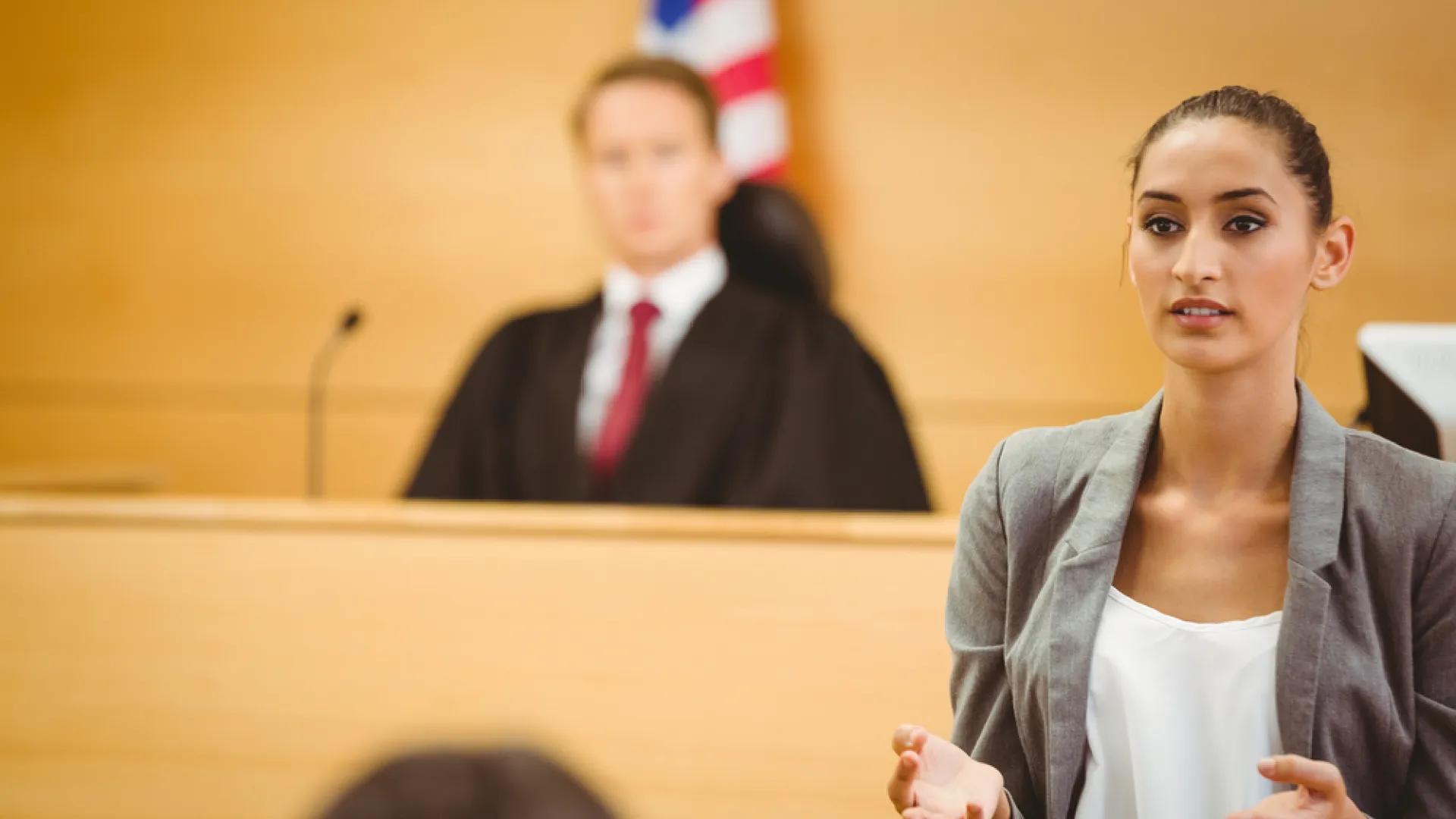
Th Divorce Trial Process

The Divorce Trial Process: What to Expect
After mediation and settlement discussions have proven unsuccessful, the next step in the Georgia divorce process is generally a final hearing or final trial. Many people have no idea what to expect at a divorce final hearing. As a result, they also have no idea how to prepare for a divorce trial. The first thing you should do is educate yourself on the process of a divorce final hearing. It is important to learn how it works from start to finish. While there are a lot formal procedures involved (covered in detail below), the trial process isn't that complex. At trial, each party is given the opportunity to present his or her evidence and witnesses to the judge or jury presiding over the matter. Although many spouses going through the divorce process in Georgia are familiar with the concept of trial and its purpose, many are not familiar with the specifics of what exactly to expect on their day in court. Below is a step by step outline detailing what generally happens during a Georgia divorce trial.
The Divorce Trial Process Step by Step
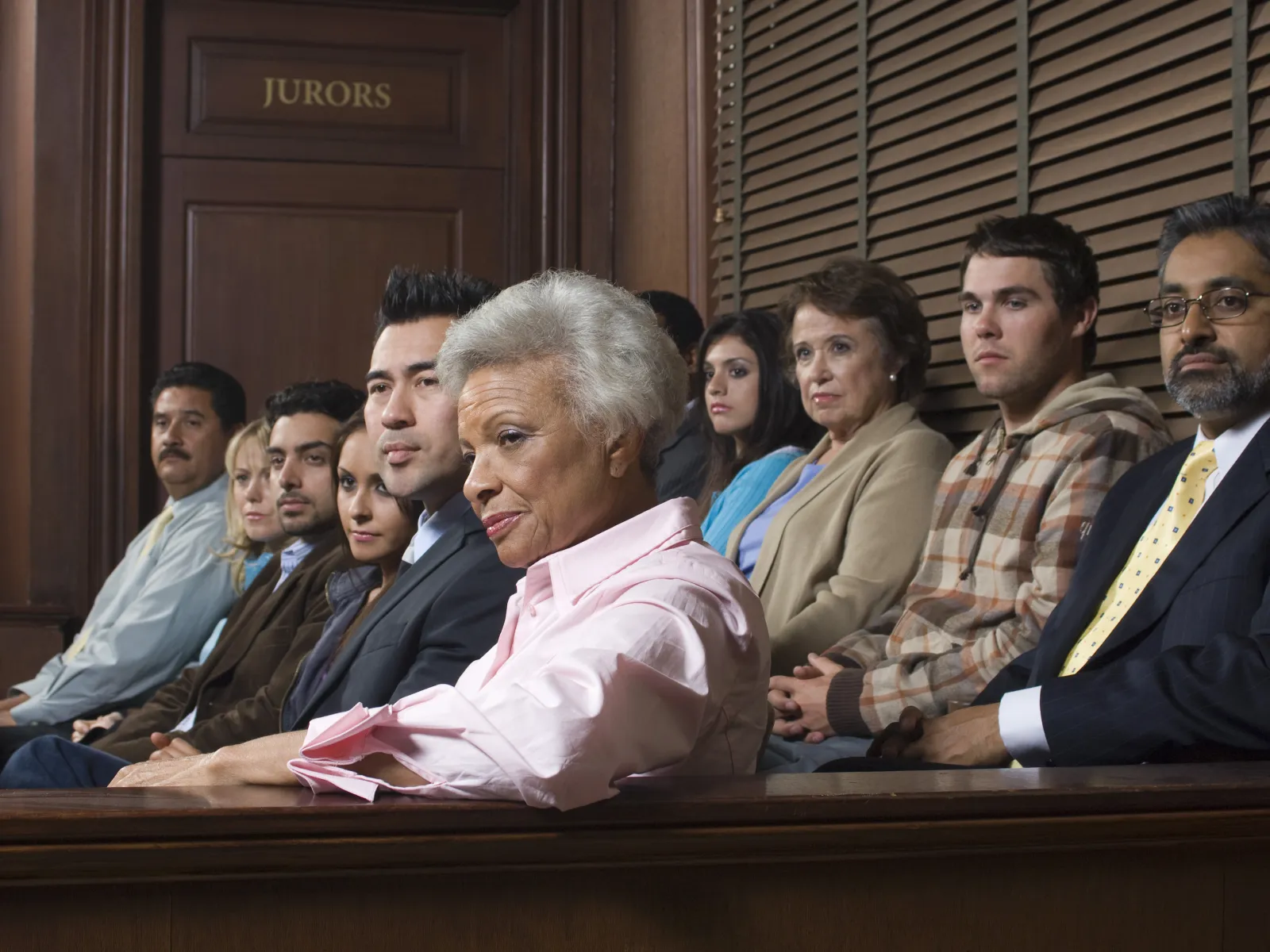
Will a Judge or Jury Hear my Divorce?
In Georgia, it is much more common for a divorce trial to be heard by judge with no jury. This is called a bench trial. However, in domestic relations matters (such as divorce) concerning the determination of equitable division, alimony and child support, the parties involved may formally request to have their matter heard by a jury. Nevertheless, in matters concerning the determination of child custody and visitation, only judges may hear and decide such cases. Juries may not hear child custody or visitation issues.
During trial, it is extremely important for the parties and attorneys alike to show the utmost respect for the judge presiding over the matter by standing when the judge enters the courtroom and referring to the judge as "your honor." Similarly, it is also important to show respect to the jury members deciding the matter by standing when they enter the courtroom as well. However, it is not proper for parties to engage jury members or the presiding judge in an ex parte conversation during trial.
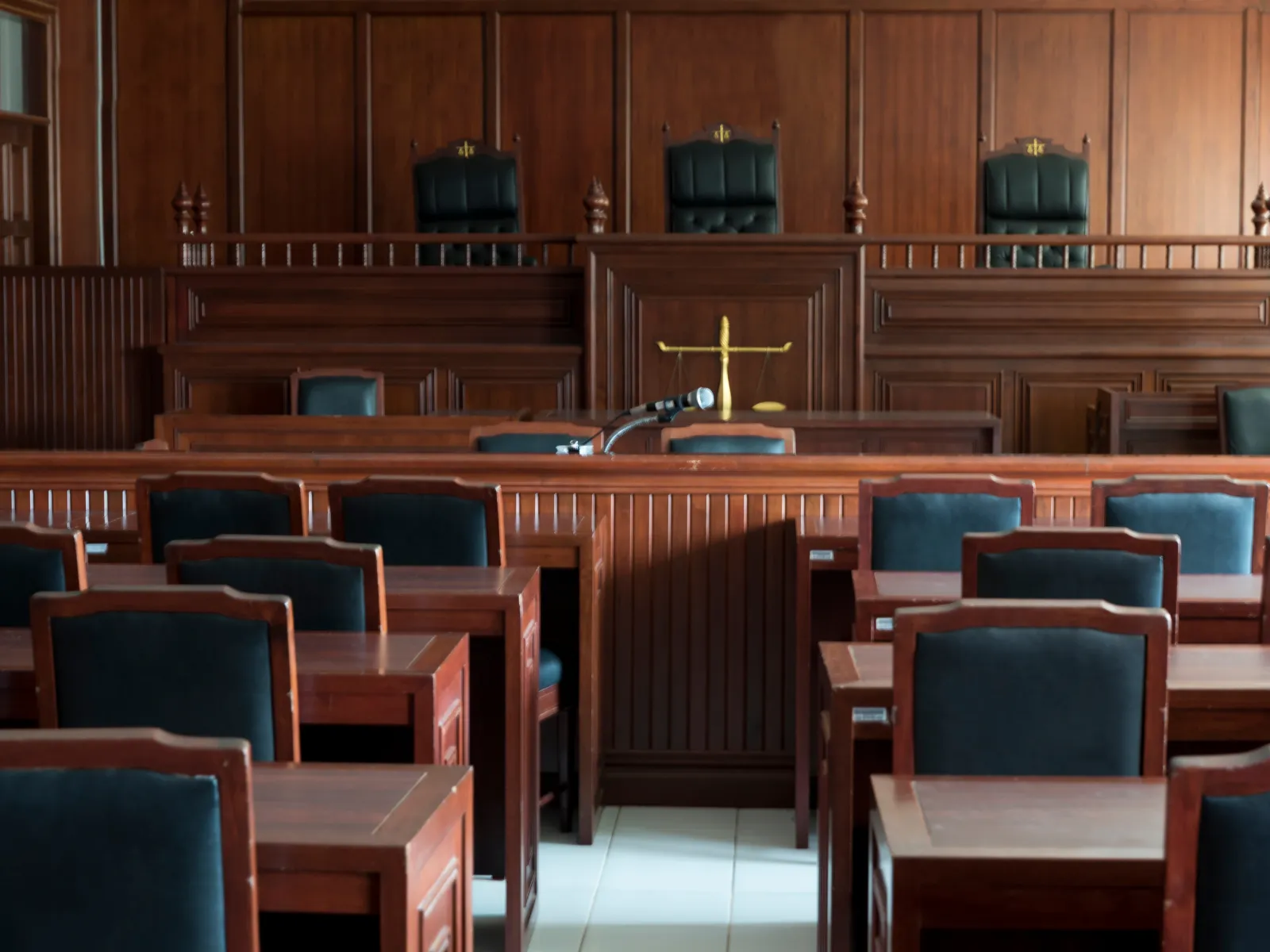
Divorce Court: Setting the Trial Date
Once the final trial date has been set, the court will issue a trial notice to each party involved letting them know the trial date, time and in which courtroom the trial will be held. It is important for all parties, including their attorneys, to be punctual and early if possible for the scheduled final trial. Being early allows the parties to attend to any potential pretrial matters.
Depending on which county's Superior Court the final trial is schedule to be held in, the trial may be specially set or the trial date may be placed in the regular domestic relations trial calendar. If the case is specially set for trial, a specific date and time will be scheduled for the trial, and the trial will proceed at that schedule time barring any special circumstances. Alternatively, if the divorce matter is placed on the trial calendar, it will be listed on the calendar with other domestic relations matters as well. Generally, all the parties to the matters on the current trial calendar will appear on a specific date, called a calendar call, and each matter will be called one by one until each matter has been heard by the court.
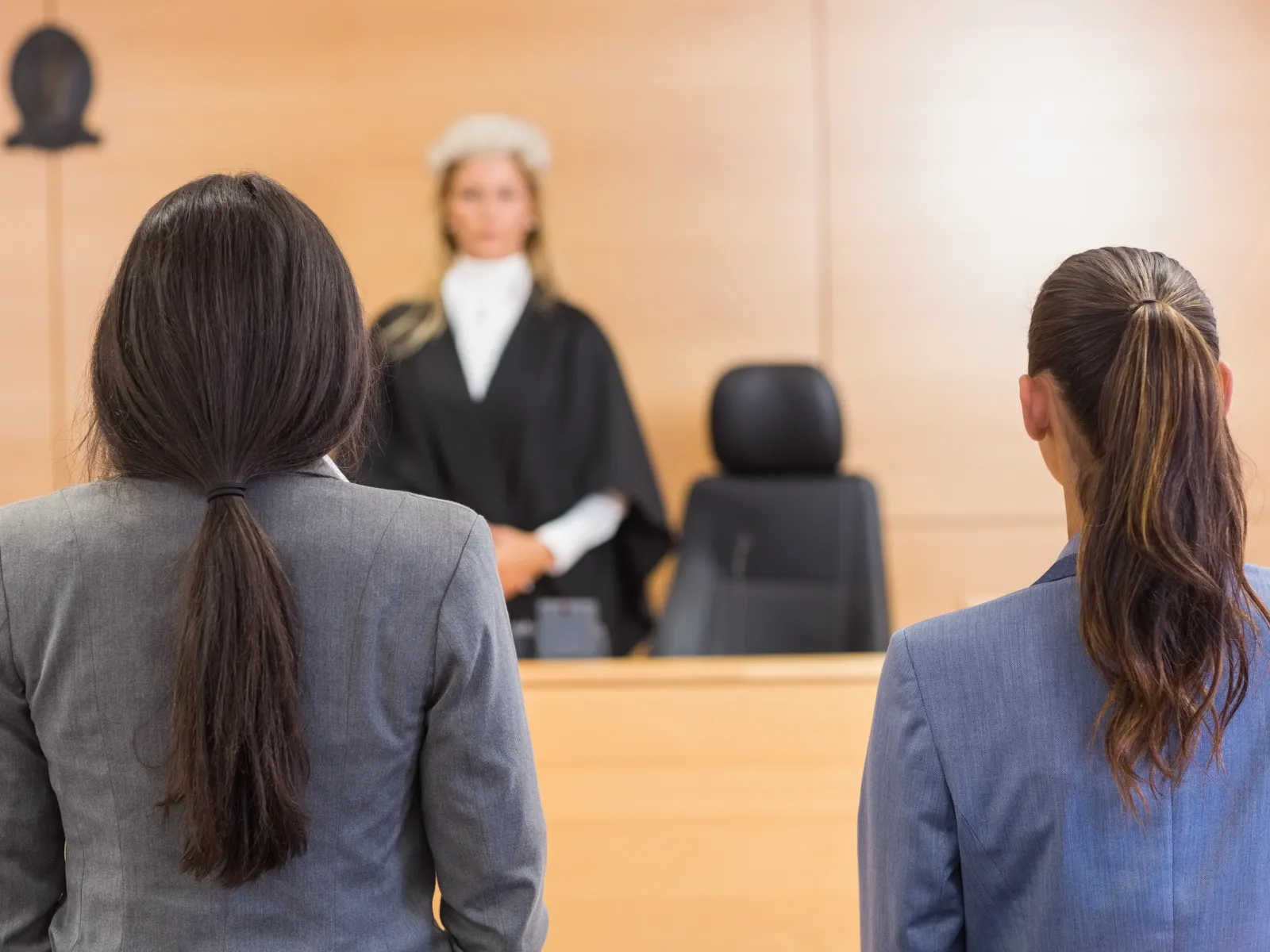
Divorce Trial Procedures: The Opening Statement
After jury selection and the arguing of pretrial motions, if any, one of the first opportunities a party (via his or her attorney) has to address the court is the opening statement. During trial, each side has the opportunity to address the court and deliver an opening statement that generally outlines that party's position. Basically, this is the time where each side gets to tell his or her story and offers the court how he or she plans to prove their case. It is not appropriate for you to present arguments during your opening statement - the opening statement should focus on telling the court how the evidence presented will support your position. If both parties are represented by attorneys, opening statements are delivered by attorneys. However, if one or both parties are representing themselves, that party may address the court themselves and deliver an opening statement.
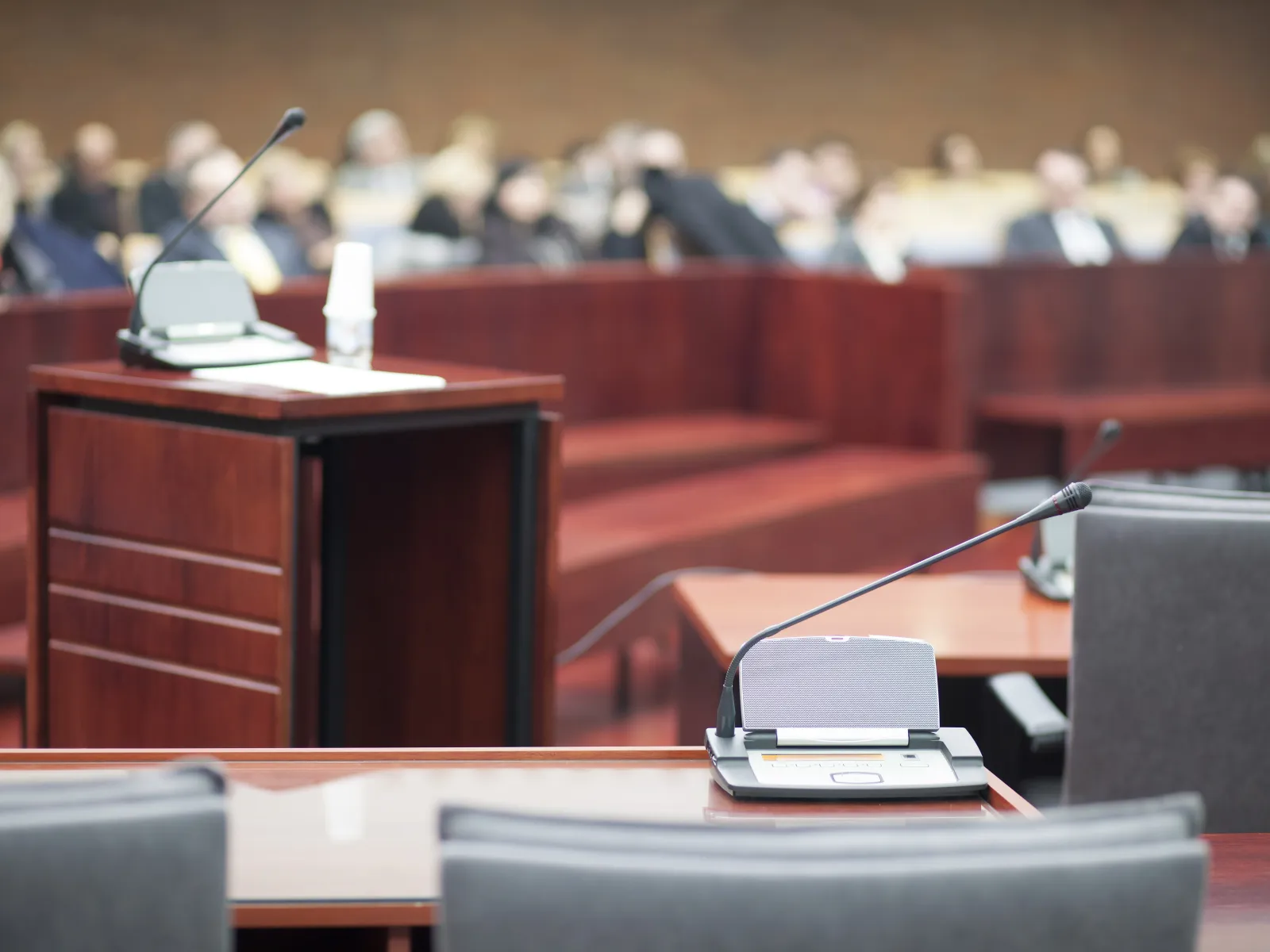
Divorce Trial Procedures: Witness Testimony
Once each party has delivered their opening statements, the next phase of trial is the presentation of evidence via witness testimony. Generally, the plaintiff is allowed to present his or her case first, by calling their witnesses. Upon the completion of the plaintiff's case, the defendant may then present their case. During each side's case, that party is allowed to call witnesses to the stand to testify. When one party calls a witness to the stand, that party's attorney will ask the witness questions during a process called direct examination. During this process, the attorney will allow the witness to testify as to his or her knowledge concerning the case. After direct examination is complete, that witness will then be cross examined by the other party's attorney. Cross examination is more confrontational that direct examination. During cross examination, the other party's attorney will try to discredit or poke holes in the witness's testimony to weaken the other party's case. During both direct and cross examination, the attorneys may introduce pieces of evidence such as documents or objects that help advance or explain their client's case. As an example, a common divorce trial may flow as the following sequence:
- Plaintiff's attorney gives opening statement
- Defendant's attorney gives opening statement
- Plaintiff calls first witness to the stand
- Plaintiff's attorney conducts direct examination of plaintiff's first witness
- Defendant's attorney cross examines plaintiff's first witness
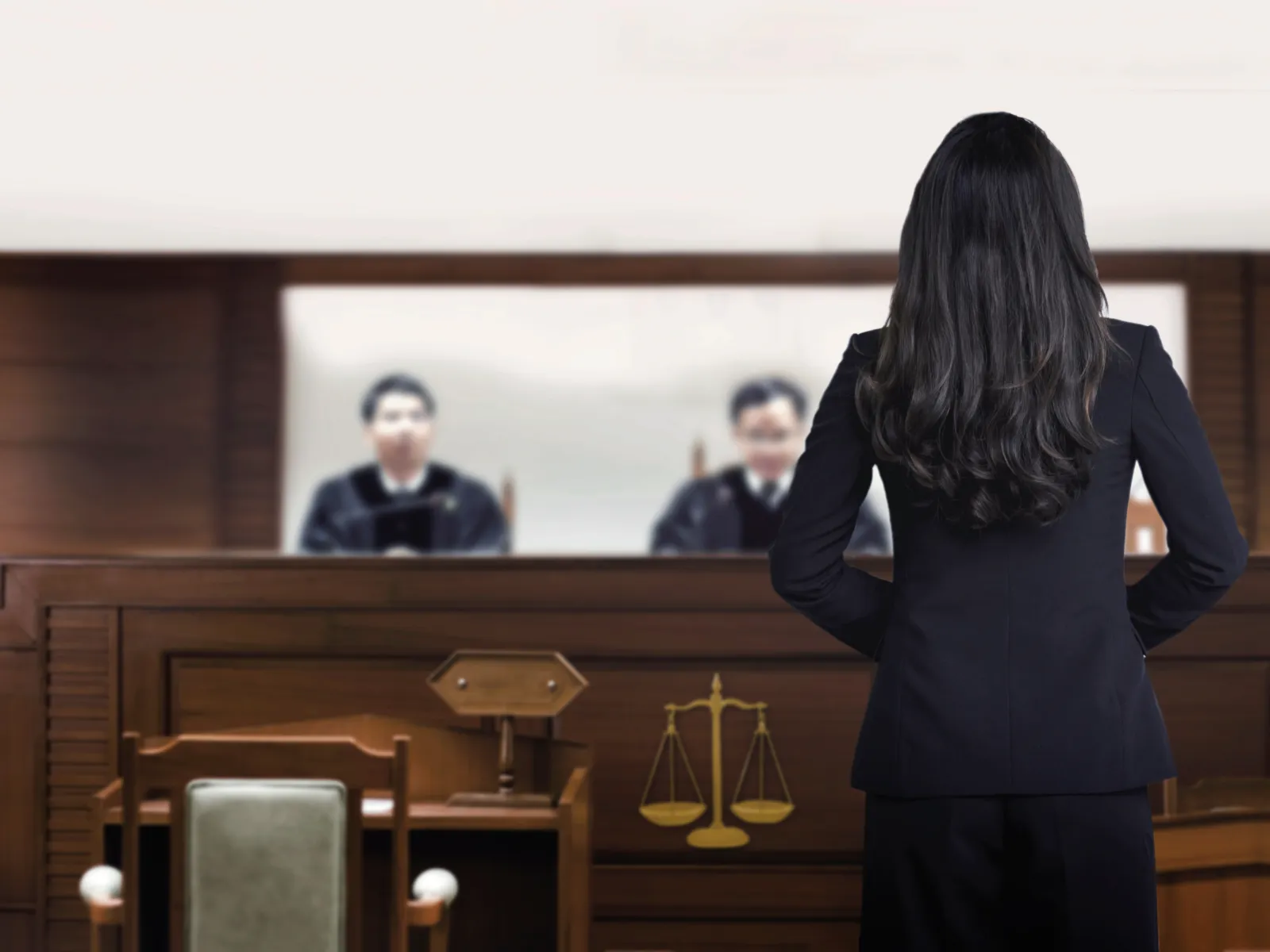
Divorce Trial Procedure: Closing Statement
The final opportunity each party has to address the court is the closing statement or closing argument. Similar to opening statements, closing statements are times where each parties attorney may address the court and once again seek to persuade the judge or jury to find in favor of their client. Unlike opening statements, attorneys may refer to evidence and witness statements that have been presented during the trial and explain that evidence in such a way that is most favorable to their client.
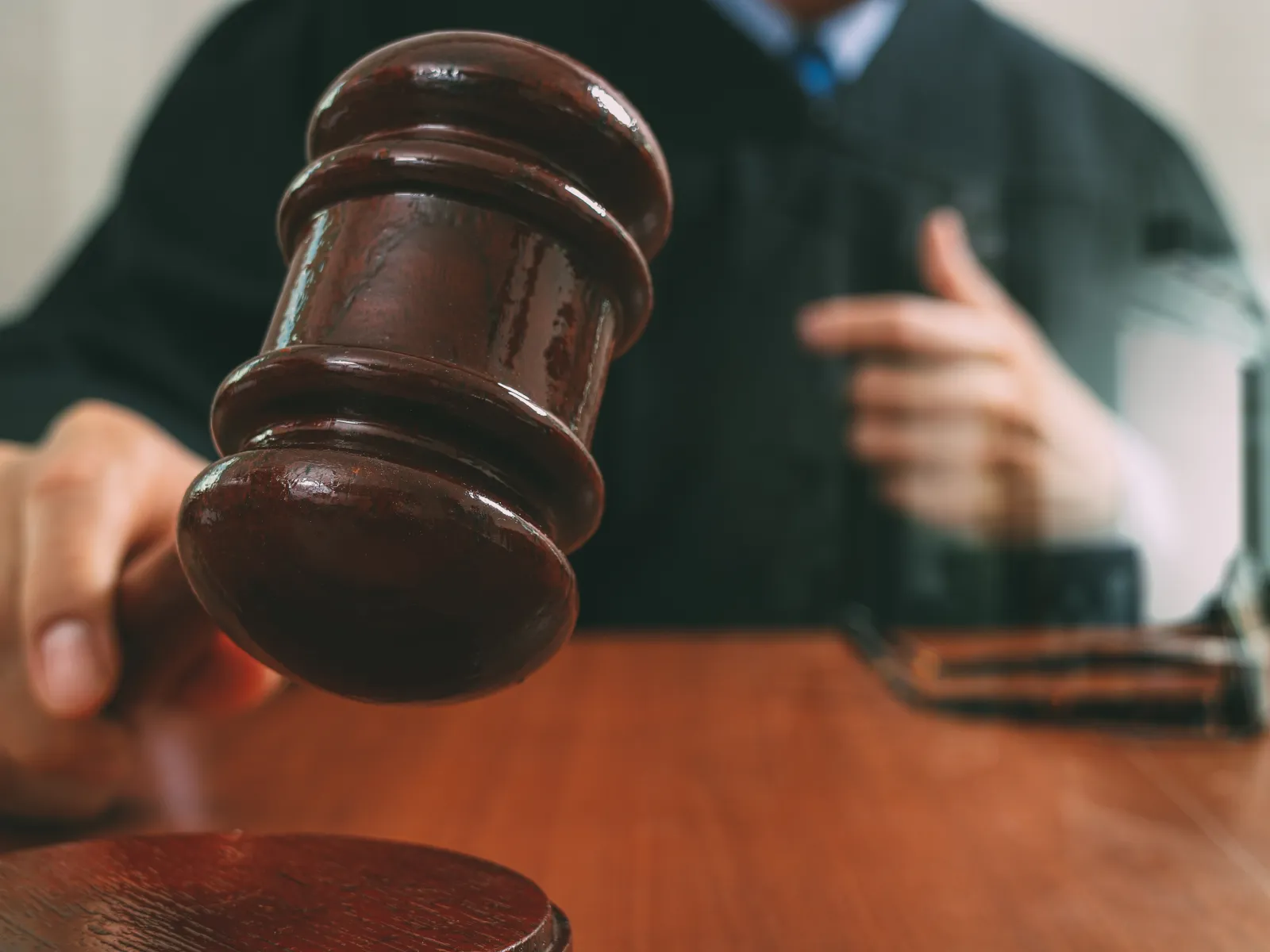
Jury Verdict and Entrance of Final Decree of Divorce by Judge
Once opening statements, witness testimony and closing arguments have been presented to the court, the judge or jury will recess to deliberate and come to a conclusion concerning how the matter should be resolved. When the judge or jury has come to a determination the jury will issue a verdict and the presiding judge will issue a Final Judgment and Decree of Divorce outlining the court's findings and instructing the parties on how to proceed on matters such as property division, alimony, child support, and child custody post-divorce.
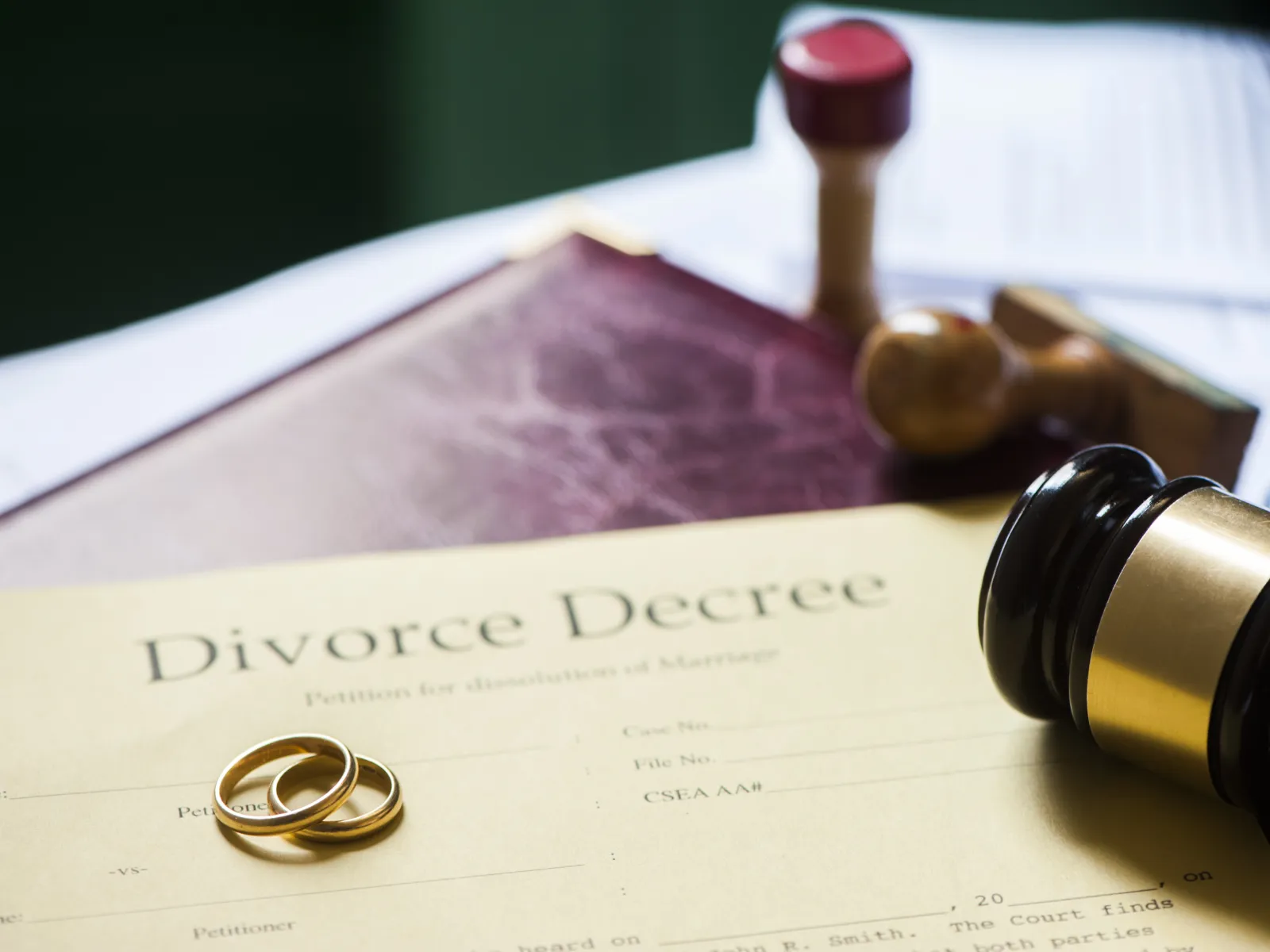
Post Divorce Trial: Keep your Important Divorce Documents
Once the Final Judgment and Decree of Divorce has been issued by the presiding judge, it is important for each party to obtain and maintain a certified copy of the divorce decree, the final child support worksheet, and the permanent parenting plan in a safe and secure place. It is important to maintain these documents for several reasons. For example, as proof of divorce if the parties ever wish to remarry or as proof of the judge's order in the event the parties later disagree concerning the terms of their divorce.
